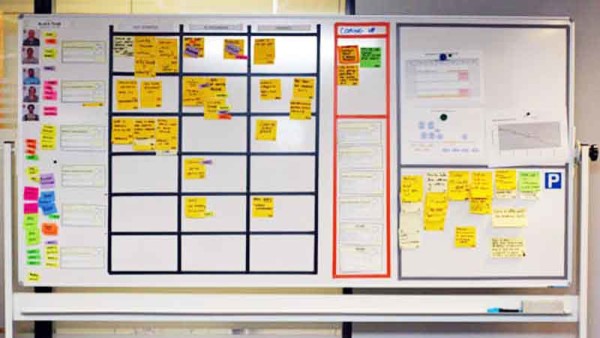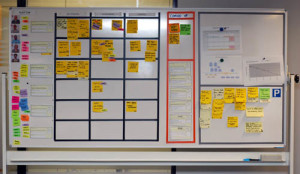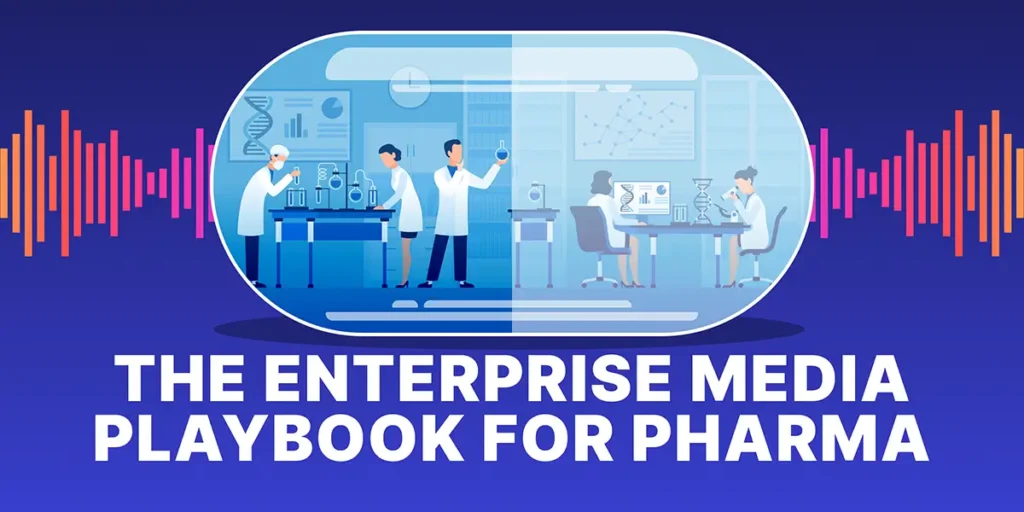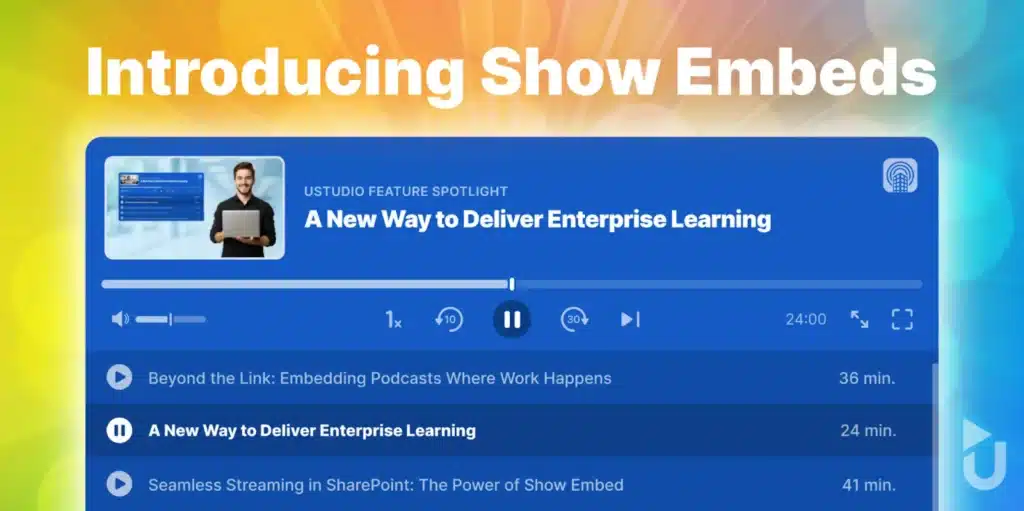Moving your Marketing Team to Agile? Look to Filmmaking for Inspiration.
uStudio Staff | Industry Trends, Marketing, Video Leaders, Video Platform

 A few months ago, one our engineers floated the idea of moving our marketing team onto an Agile workflow to parallel that used by our software developers. While I was intrigued, I was also hesitant. As a marketer, I’m all about customer intimacy, and as an entrepreneur, I place a high priority on speed and responsiveness. So if Agile could help deliver on those objectives, I was open to making the switch. But the skills, talents and personalities that are most often found in software development are different in many ways than those found in marketing. Marketing attracts a mixed bag of creatives, lateral thinkers, rulebreakers, verbal and visual communicators, and analyzers. Even if the Agile process on paper seemed relevant for our marketing team, could it really be adopted by a hybrid bunch like us? Would we embrace it and optimize it the way our more uniformly process-oriented developers have? And could I, as a marketing leader, forego longer-term strategic plans and campaign-oriented thinking in favor of heavy experimentation and quick feedback loops?
A few months ago, one our engineers floated the idea of moving our marketing team onto an Agile workflow to parallel that used by our software developers. While I was intrigued, I was also hesitant. As a marketer, I’m all about customer intimacy, and as an entrepreneur, I place a high priority on speed and responsiveness. So if Agile could help deliver on those objectives, I was open to making the switch. But the skills, talents and personalities that are most often found in software development are different in many ways than those found in marketing. Marketing attracts a mixed bag of creatives, lateral thinkers, rulebreakers, verbal and visual communicators, and analyzers. Even if the Agile process on paper seemed relevant for our marketing team, could it really be adopted by a hybrid bunch like us? Would we embrace it and optimize it the way our more uniformly process-oriented developers have? And could I, as a marketing leader, forego longer-term strategic plans and campaign-oriented thinking in favor of heavy experimentation and quick feedback loops?
These were just some of the questions rattling around in my head when I sat down with our Head of Infrastructure for a deeper dive on Agile. Within minutes of diving in, I was enthralled. What captured my imagination was not the reasoning behind it; the philosophy and purported benefits are straightforward enough. Rather, what really got me excited were the mechanics of the process, and specifically, the number of similarities between the Agile process and filmmaking.
While only some people on our marketing team have experience writing code, we have all made films. We knew that process well, believed in it and enjoyed it. Maybe the key to embracing Agile was simply to embrace our inner filmmaker. Maybe the skills, talents and personality traits that made us good filmmakers would be directly applicable here.
So, I started taking Agile apart piece by piece with my filmmaker hat on. In movie-making we start with a Script, whereas in Agile the script is called an ‘Epic’, but they are essentially one in the same: a complete, end-to-end vision for a narrative that you want an audience to experience. In filmmaking, the Epic is your movie, whereas in software, the Epic is your product, but one universal truth holds for both: whatever you think you are making, that so-called Epic, will change a thousand times in development and throughout the production process. Sometimes the changes are big, other times they are small, but adapting seamlessly to change is a necessity in both worlds.
Once we have our Epic, we have to break it down for production into individual scenes, or in Agile speak ‘Stories.’ Stories are like scenes in several ways: they are small, self-contained units within the larger narrative; they can be sized and scoped; and they can be produced in numerical order or built out of sequence without dependencies. Moreover, the Stories themselves, like scenes, can be broken down even further into their individual production elements, known in Agile as ‘Tasks’. Any producer who has ever broken down a script is familiar with this process: itemizing all of the elements – talent, background, picture vehicles, animals, sfx, and more – that go in to each and every scene, then estimating the time required to shoot the scene based on its size and complexity. The same is true for Stories in Agile. Stories get broken down into Tasks, and then those Tasks get scoped based on their relative size and complexity. Agile uses the Fibonacci sequence (1, 2, 3, 5, 8, 13, 21…) to estimate how difficult a Task is relative to any other Task, whereas in filmmaking we are more accustomed to estimating complexity in eighths of pages and shoot days. But the mindset is the same: correctly breaking down the scenes and estimating the complexity of creating them lays the foundation for a smooth production process, in software or in movies.
So that takes care of the process. I was convinced any marketer who had ever produced a film could master the Agile process quickly enough. But would we love it? Would it stick? It is one thing to convince people to try something once, but quite another to change habits and behaviors over time. Would Agile be just another experiment for the marketing team, or would we grok it?
So I asked my Agile teacher why he loved the approach so much. To which he responded, “Seeing the Stories going out to customers on such a frequent basis is like micro hits of dopamine to your brain. It’s addictive.”
And then I knew. Agile could work for our marketing team; we could grok it. Because what dyed-in-the-wool filmmaker isn’t just as addicted to those micro hits of dopamine? Who doesn’t love the buzz of being in production or the esprit de corps of getting your movie made, line by line and scene by scene? What filmmaker doesn’t get a rush on hearing the magic words, “That’s a wrap!” or “It’s in the can.” Psychologically, our marketing team and our development team are pretty similar – we love to build, to test and to deploy. And we get a little buzz of adrenaline every time we release new code or new content to our audience.
As it turns out, as storytellers and filmmakers, we are remarkably well-suited for Agile. Who knew?


